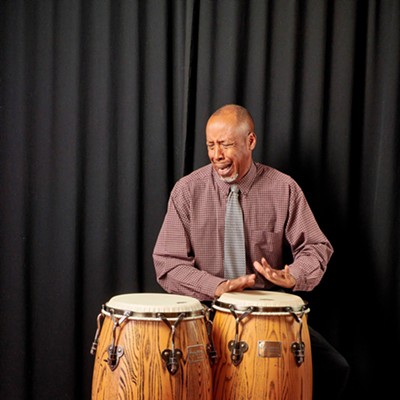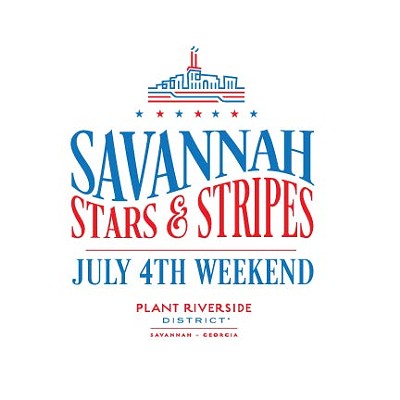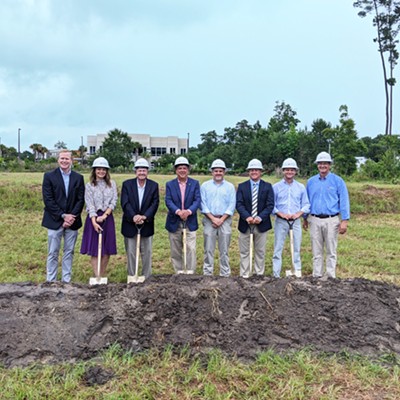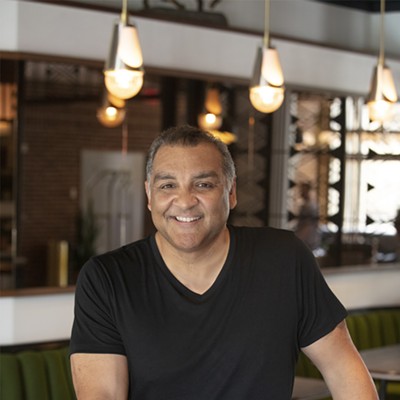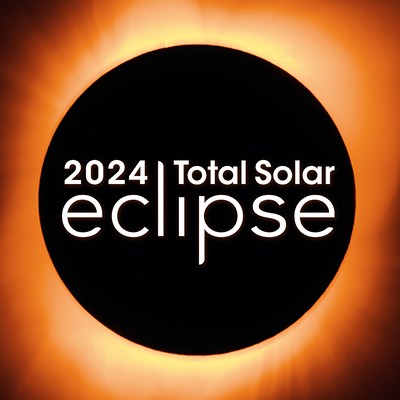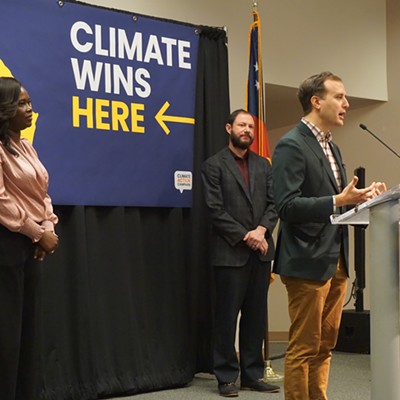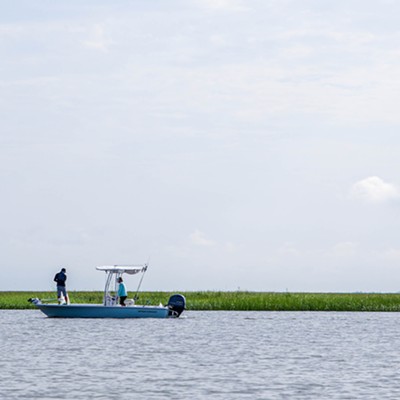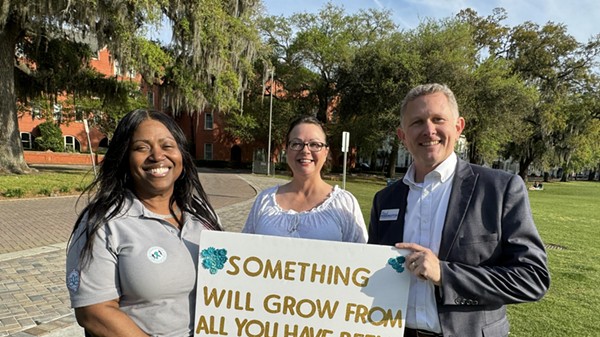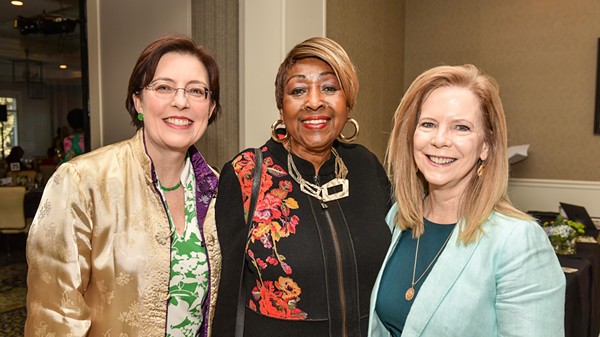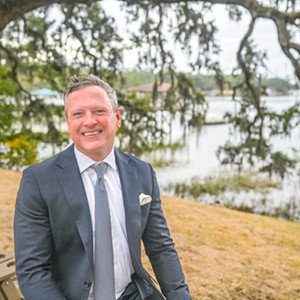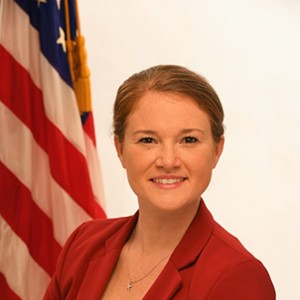The qualities that make a city more or less livable for residents often seem intangible unless you know what to look for.
The reason why a certain area may be more welcoming for pedestrians, or why certain roads are more prone to traffic problems may seem abstract, but that's why Good Urbanism 101 was started several years ago, to foster discussions about smart growth, community needs and how urban planning can be part of the solution.
After a successful series in Atlanta, the program, which is run by the Georgia Conservancy and a team of Georgia Tech professors, stops in Savannah this weekend to look at how planning and decision-making can help ensure the qualities that make the Hostess City such a unique place to live can be preserved well into the future.
We talked with Katherine Moore, the Growth Management Program Manager for the Georgia Conservancy, and David Green, a professor and urban designer about the conference, cul-de-sacs and how small decisions can have big impacts.
What is smart growth?
Katherine Moore: Some people call smart growth sustainability and growth management. What we're trying to do is promote more walkable, sustainable communities that are more viable on a long term basis. Savannah is certainly a model for that, and that's why we're hosting our next Good Urbanism 101 class there.
Do we need to stop building parking lots and start building sidewalks? Or is it more complex than that?
David Green: It's much more complex than that. This is really looking at the components of the cities and how they work. In no way does this propose that we get rid of cars. It's about creating a framework that allows both cars and pedestrians to operate successfully. It talks about the implications of decisions we make. So often we think that we're making decisions that are getting us to a certain kind of town or city, and in fact those decisions lead us in opposite directions.
Katherine Moore: What we try to get folks to realize through the class is it's the very first decision about how to lay out the streets and the blocks that have the largest determining influence on whether a community is going to be walkable and whether it's going to accommodate change over time.
How can the lay out of things accommodate change?
Katherine Moore: Our whole argument is how smaller blocks are actually the ones that best accommodate changing land uses over time. They still work today, and Savannah is a perfect example, when they were laid out hundreds of years ago. If you think about the larger blocks that happen now with retail centers, especially here in the Atlanta Metro area, that can only be a mega-block, and if it were going to be redeveloped in the future, one would have to come in and almost bulldoze and rework the entire water, wastewater, storm water infrastructure and maybe reinsert some streets to break that mega-block down into something more walkable.
David Green: Because of the fundamental aspects of Oglethorpe's plan, we use it as a model of the way things can work in terms of setting up a very clear public/private structure that stays operational through time and can accommodate a number of different uses. The blocks can accommodate things like parking decks without being a fundamental detriment to the system.
Quality of life as it relates to city planning seems pretty subjective. Some people want to live in a gated community at the end of a cul-de-sac and other want to live in the heart of downtown. Are there specific metrics you guys use to define successful planning?
David Green: We try to remove ourselves from the qualitative value judgment of how people want to live their lives and talk about the implications of those lifestyles. For instance, there are people who prefer to live in gated communities in the suburbs that are more removed, and then there are people who prefer to live in town where it's more connected, but there are other challenges that come along with that. For years, the discussion really did revolve around quality of life, but it now brings in another level of environmental sustainability because there are impacts on the environment that these different land use and development patterns have. We talk about that as well. That's slightly more objective than just quality of life.
As soon as the idea of success is related to things like sustainability and conservation of resources, there are some who would say you're heading into the realm of tree huggers. Is what you guys are doing just a thinly veiled attempt at inundating us all with hippie propaganda?
David Green: No. There's one section that I do on conservation easements, which are the bulwark of a lot of environmentalists and I actually talk about how bad they really are. There are things that the environmental movement does, when you completely analyze it, that are completely wrong. We talk about the issue of buying local and how that's not necessarily the best thing to do, and how people in the environmental movement get caught under these generalities and catch phrases and don't actually analyze the processes. It's also not a veiled attempt to get people to come in and develop more easily either. A lot of the things we talk about, at least on the surface, are more difficult for developers to do even though they might be better in the long run.
Is Good Urbanism any different than New Urbanism?
David Green: Our goal is not to make things homogenous. We're not a movement. We're just three professors who have a lot of experience and like talking about these things in an objective and non-dogmatic way.
What is the structure? Is this mostly a lecture?
David Green: It's a series of discussions. Each of us will lead a discussion and they build on each other. It's typically very lively and we get a lot of debate because people show up with different points of view. We're not dogmatic about these points of view. Our goal is to disseminate the ways things work from a kind of non-judgmental basis.
Who usually attends these Good Urbanism events?
Katherine Moore: We've done a total of four classes in the Atlanta metro area. We have had representatives from Metropolitan planning organizations. We also have engineers, landscape architects, architects and planners. We get some department heads. We also have had a very wide variety of other non-profits, folks in the organic food or community gardening community, pedestrian and bicycle folks, graduate level students and developers, which is who we really want to get.
Good Urbanism 101
When: Saturday, Sept. 25, 8:30 a.m. - 1 p.m.
Where: Jepson Center, 207 W. York St.
Cost: $50/general, $35/students and government officials
Info: www.georgiaconservancy.org


